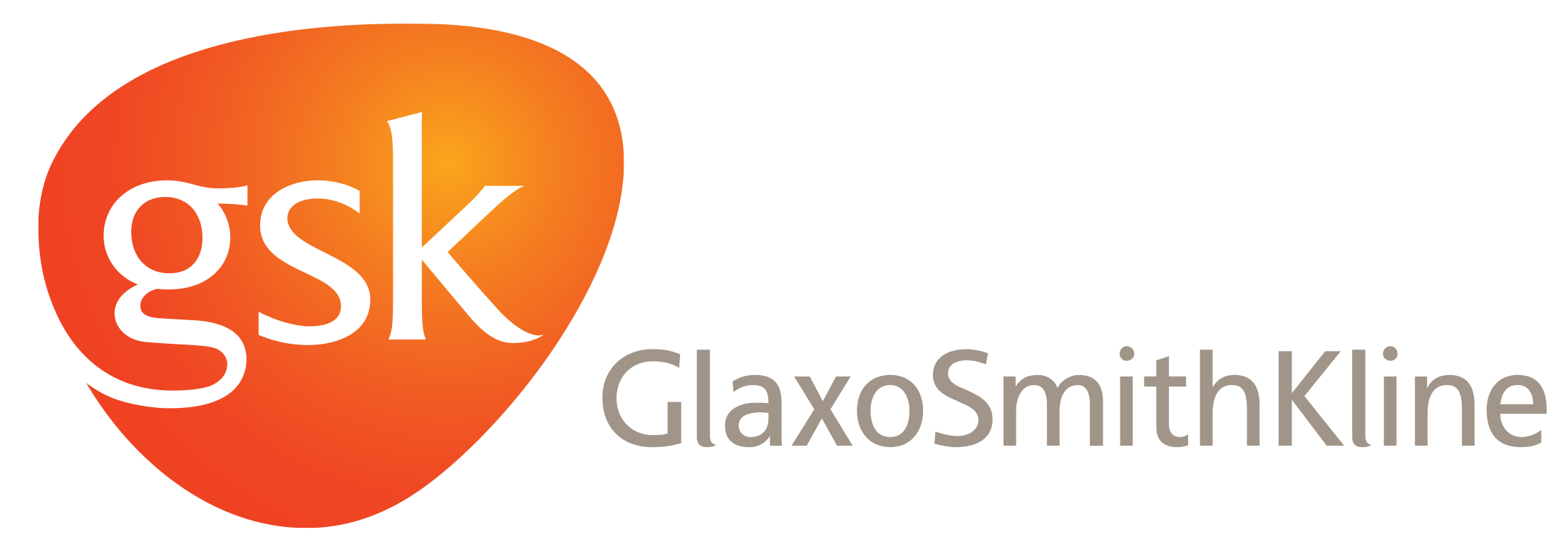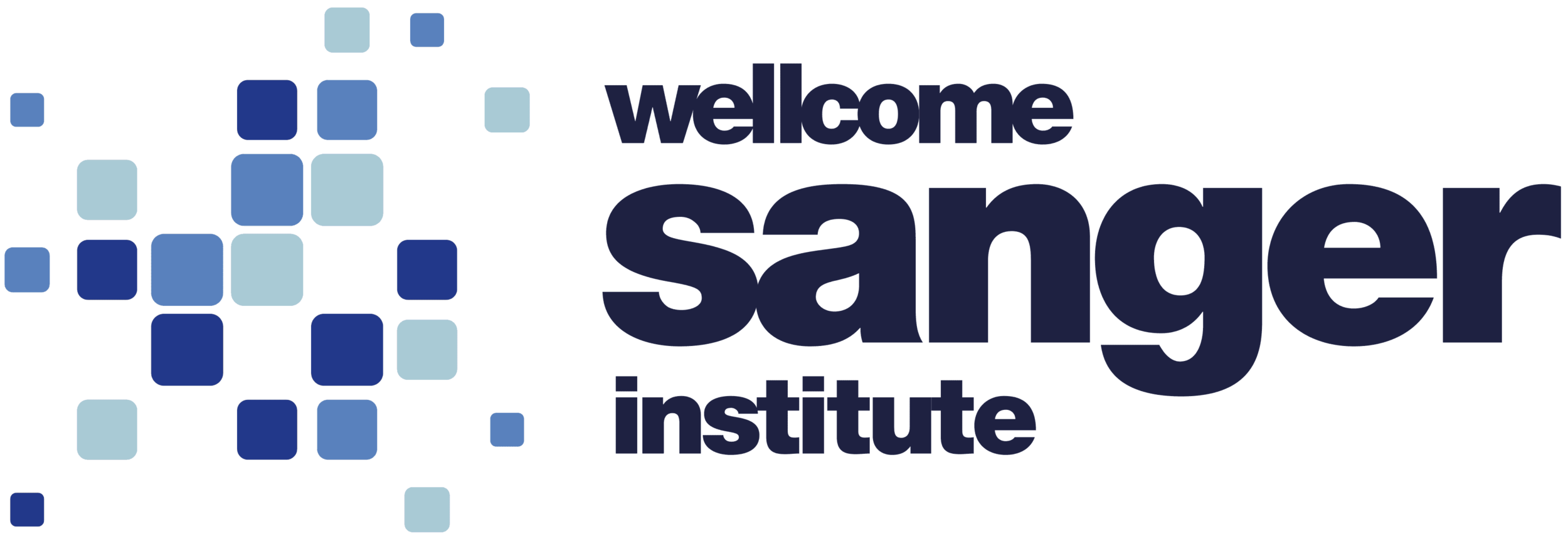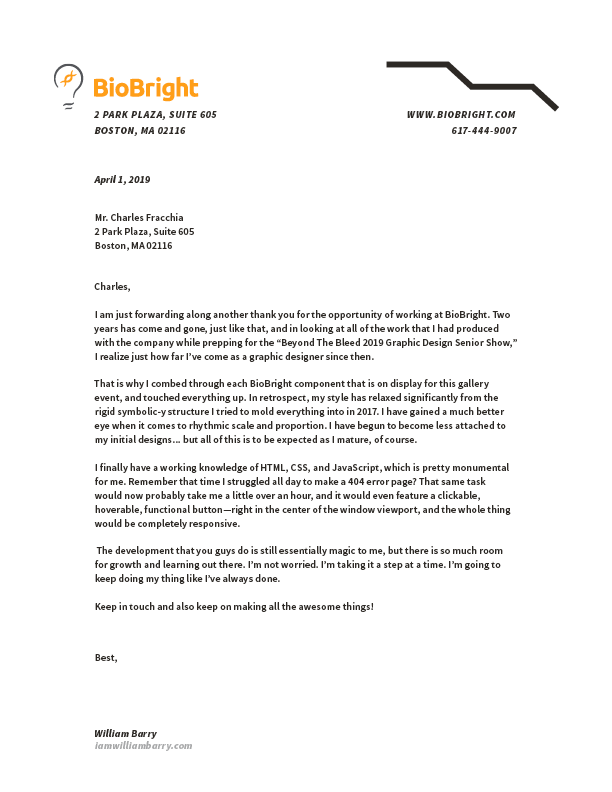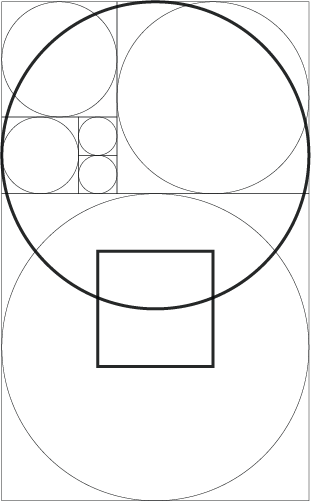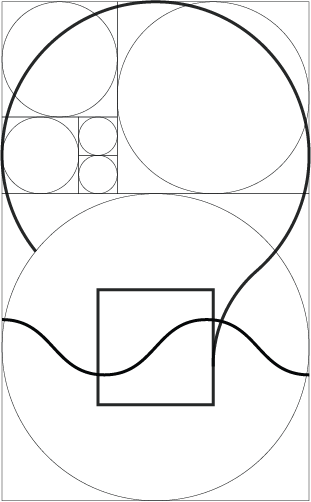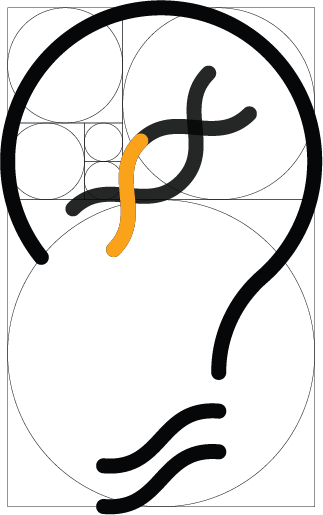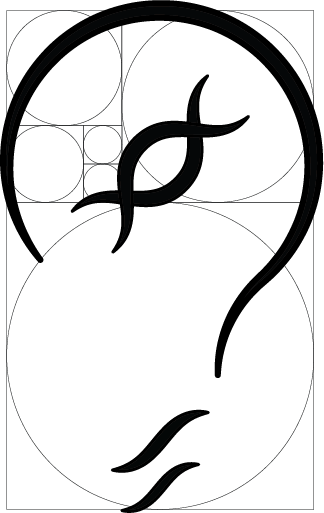In 2017 I was approached by the Boston-based biotech startup BioBright, to join their team as the first dedicated UX/UI Design intern.
While my work largely revolved around designing the user interface and experience of the Darwin Speech and Sync platforms, I also took on the challenge of establishing the company’s first cohesive brand identity and design system. Continue on to read about the process and see the end results!
BioBright’s logo in early 2017. Note the 50+ shades of gray used.


